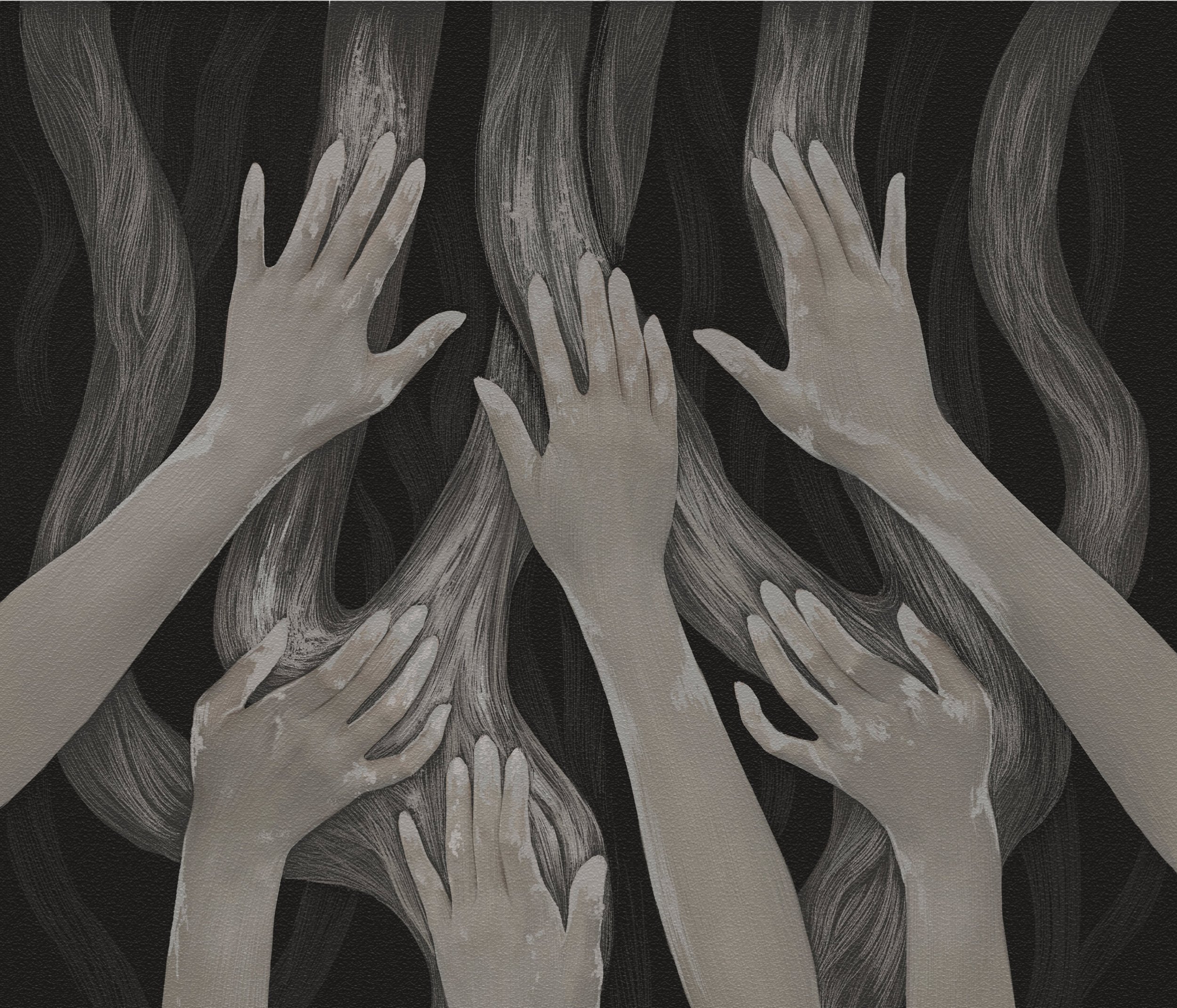Hopkins’s translation of the Nine Plants Spell in Chloé Zhao’s film “Hamnet”
New KSD Entry: Rune Tree Symbol
“The Merseburg Spells: Germanic Paganism”: From Mimisbrunnr.info to Print
Merseburg Echoes Updates & Reviews added to Eddic to English (Pettit 2023)
Introducing Merseburg Echoes
We are happy to announce an innovative new digital resource charting and rendering spells of the Merseburg Spell II type: Merseburg Echoes.
Updates & now a part of Hyldyr
Mimisbrunnr.info is currently seeing a lot of updates and the site might look a bit odd here and there while we transfer elements of the site to a new editor. Additionally, Mimisbrunnr.info is now under the umbrella of Hyldyr, an independent and folklore-focused publishing house that combines the efforts of artists and academics.
New translation: "Litla Skálda" by Lyonel Perabo, Denise Vast, and Ann Sheffield
Mimisbrunnr.info is pleased to host a new translation of the Old Icelandic “Litla Skálda” by Lyonel Perabo, Denise Vast, and Ann Sheffield.
New translation: "Lokrur" as rendered by Ann Sheffield, Denise Vast, and Lyonel Perabo
To date rarely translated in its entirety, we’re very pleased to be able to offer a fantastic new (and free!) edition of Lokrur rendered by Ann Sheffield, Denise Vast, and Lyonel Perabo here on Mimisbrunnr.info.
New KSD entry: "Symbols Used by Nazi Germany, Neo-Nazis, and/or Far-Right Extremists"
While the Mimisbrunnr.info project primarily focuses on approaching the historic record associated with ancient speakers of Germanic languages, we now and then also touch on modern topics, including contemporary symbols inspired by the ancient Germanic record. In this entry, we take a hard look at symbols used (or mistakenly thought to have been used) by Nazi Germany and related contemporary groups.
Eddic to English: Edward Pettit's 2023 translation of the Poetic Edda
Eddic to English covers the first new English translation of the Poetic Edda since 2015, Edward Pettit’s The Poetic Edda: A Dual Language Edition.
"The Comparative Vǫluspá" is Now Available for Use
Vǫluspá is the most widely studied and celebrated poem in the Old Norse corpus. However, readers who own a few different translations of it know how different they can be from one another.
Translators also greatly benefit from comparing their rendering decisions who those who came before them, and students of the poems regularly seek out discussion of the poem's tightly-packed stanzas, particularly some of its more troublesome items.

Introducing "The Comparative Vǫluspá"
The Old Norse poem Vǫluspá is perhaps the most famous and widely studied Old Norse poem. However, to date it has been difficult and time consuming to quickly compare the many English language translations the poem. To help remedy this problem, we’re happy to announce that we are introducing a new resource: The Comparative Vǫluspá.
